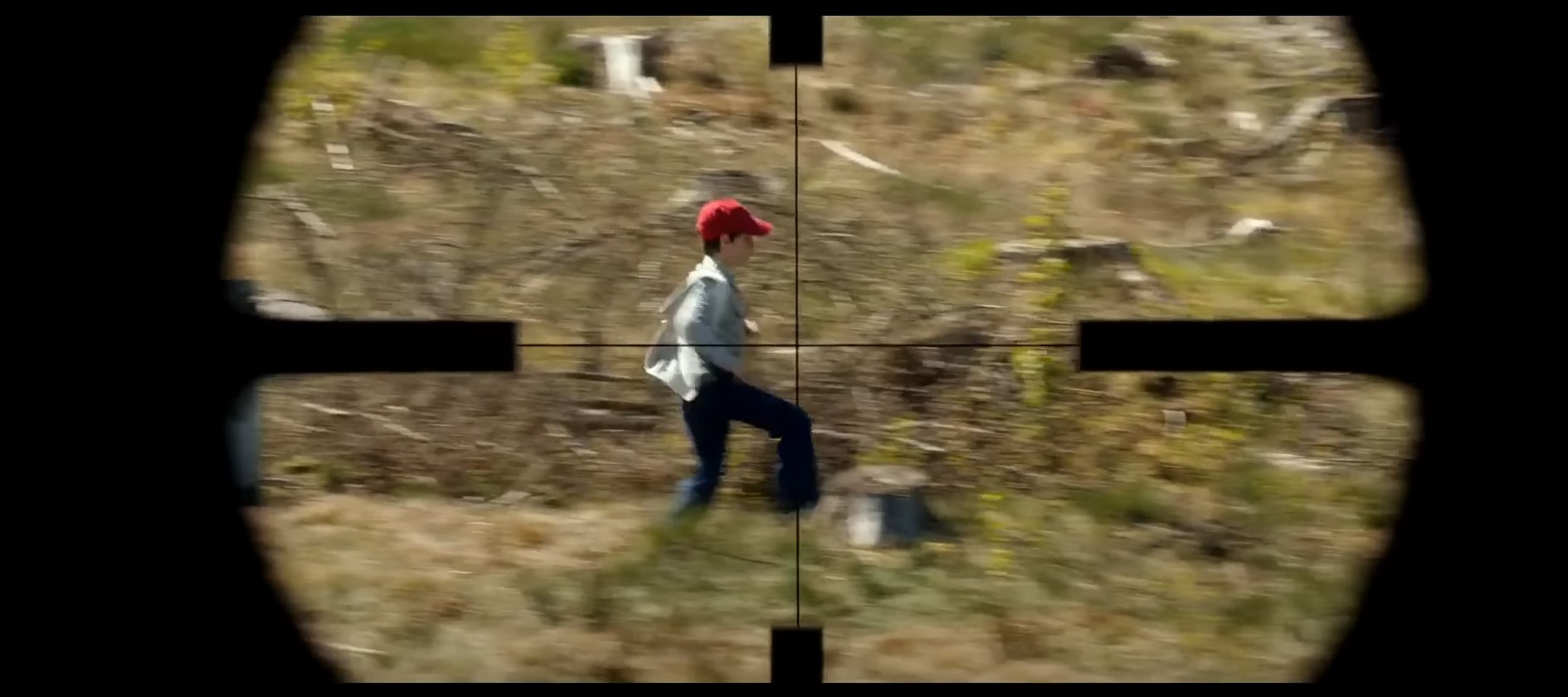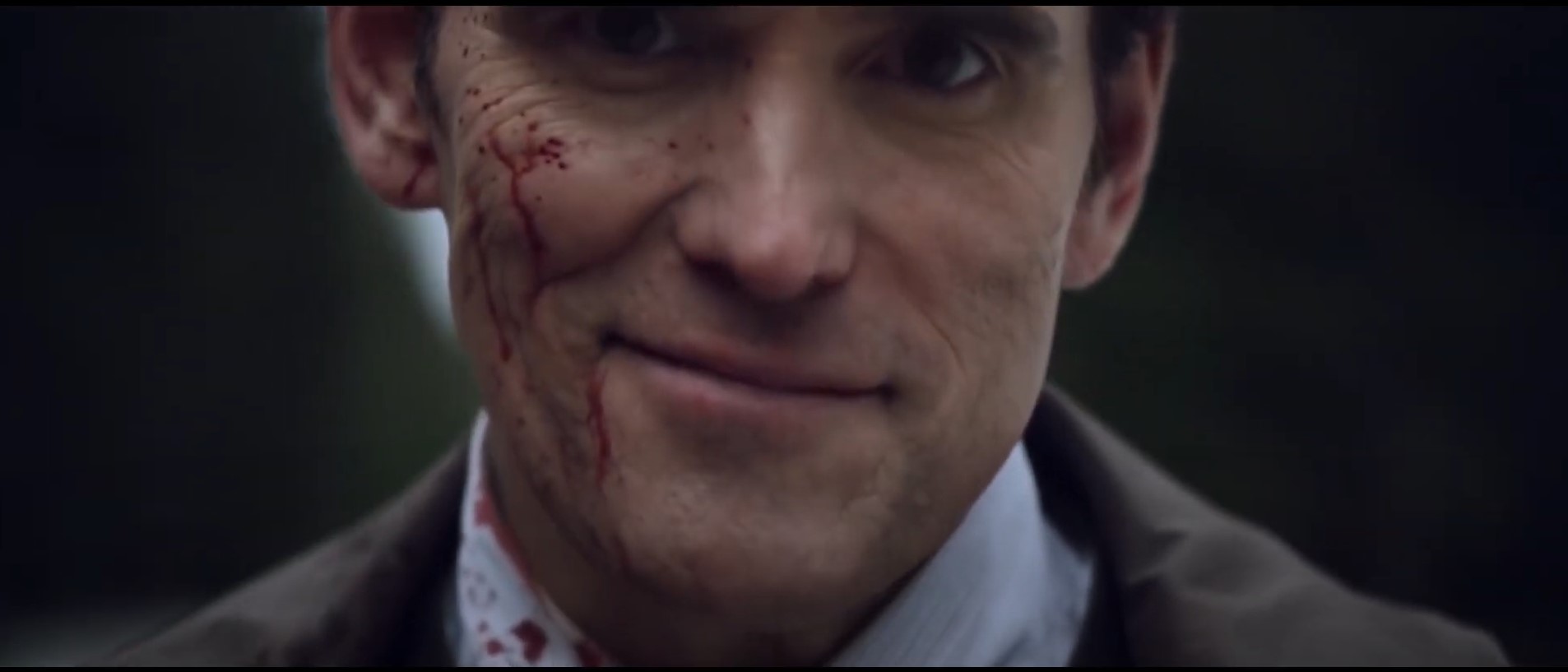In The House That Jack Built, Lars von Trier questions the nature and ethical responsibility of art that crosses moral boundaries. The film explores the complex relationship between violence, art, and human nature, and raises questions about whether an artist’s self-healing can be recognized as true art.
‘The House That Jack Built,’ by Lars von Trier
Since 1896, cinema has continued to evolve, presenting various visions of itself as a moving image art and creating a world that can only be built with moving images, not text. This evolution must have included discussions about the extent to which cinema can show reality, or in other words, the limits of cinema. And those limits obviously include two different dimensions: its possibilities as a visual art and its ethics. Film is not just a tool for entertainment or aesthetic appreciation; it has a role to play in revealing sometimes uncomfortable truths, challenging social taboos, and asking us moral questions. This makes it a powerful medium, and one that carries a heavy ethical responsibility. Lars von Trier (hereafter Trier), the director of The House That Jack Built, seems to be an artist who is stepping on the lines of conventional cinema on both levels. In this review, I’ll explore the questions raised by The House That Jack Built and the ethics of the film in light of Trier’s history.
The plot of The House That Jack Built
The movie is framed as a narrative in which the protagonist, Jack, confesses to five murders he committed while following the Grim Reaper, Budge, down into Hell. Of course, Budge isn’t the Grim Reaper, but we’re borrowing the phrase for ease of understanding.
Jack is an engineer with severe OCD (obsessive-compulsive disorder) who dreams of building his own idealized house. At the same time, he is also a serial killer who calls himself an “artistic killer” and makes art out of killing. Through Jack, Trier explores the boundaries between the violence and artistic impulses that exist within human beings. Jack’s actions are portrayed as part of his artistic creation, rather than just killing. This serves as an element that raises deep questions about human nature.
The first episode of Jack begins with Jack’s first murder, a woman whose car breaks down and who asks for help. When discussing this episode, Jack says, “The heart of architecture is the material. The most beautiful buildings are those that follow the inherent will of their materials. So is murder,” and rationalizes his murder as an artistic act of Jack’s own will. – This seems to be a characteristic of Jack the murder tool, but also of Jack the man.
In the second episode, Jack’s killing spree evolves into photographing and documenting the murders, an act that gradually alleviates his OCD. He becomes a more brutal and artistic “cultured killer” as he frees himself from the compulsion of checking the murder scene over and over again for bloodstains. Referencing Blake’s poem The Lamb, The Tyger, he says, “God created both the lamb and the tyger. The tiger, with his indispensable savagery, is Nature, whose life is to kill the innocent lamb.” Through these lines, Trier explores the complex relationship between good and evil, innocence and savagery, and emphasizes the duality within human beings. This is where Jack’s murder becomes more than just violence, but a deeper philosophical discussion. His killer instinct is the will of God, and the act of killing allows the dead to be immortalized in art.
In the third episode, he cites his “hunting ethic” of killing a family of deer, which requires him to start with the youngest fawns, and he follows his ethic by killing a family. He then displays them as if they were trophies and taxidermies the youngest child, always smiling and greeting them. In response to Virgie’s criticism that killing a child is “the most sensitive object,” Jack sneers, “I’m also sensitive. In this scene, Trier poignantly reveals how meaningless human self-defined ethical codes can be. Jack’s ethics are extreme, and the violence he commits creates a strong sense of moral discomfort in the audience.
Throughout the rest of the episode, Jack praises the Nazis’ technology, idolizing their bombers and genocidal methods as icons and experimenting with putting multiple heads through a single bullet. Along the way, he meets Virgie, who builds him the house he’s always wanted and descends into hell with him. As he descends into hell, Jack discovers a way out of hell by climbing a cliff, and as he tries to escape, he falls to the bottom of hell, and the movie ends with ‘Hit the road Jack’.
The House That Jack Built, like the original Treehouse movie, experiments with the ethics of conventional cinema. It’s not often that death in a movie is so unpleasant. For example, in The Avengers, we’re likely to feel pleasure rather than disgust at the deaths of hundreds or thousands of villains. The reason we feel disgusted by Jack’s killing is because of the graphic imagery and Jack’s willingness to rationalize his killing as art, which makes us judge him against real-world morality. At this point, Trier asks the audience an uncomfortable question: Why are we tolerant of fictional violence, but uncomfortable with realistic violence? This leads to an examination of the dual nature of cinema as a medium, and acts as a device to test the audience’s moral standards. This brings us back to Trier’s first question.

What value does art that lacks morality have, and can it be called art in the first place?
These questions apply to Jack’s art and The House That Jack Built at the same time. At this point, Jack soon becomes a projection of the director’s ego, and The House That Jack Built becomes the world’s coolest commentary and explanation. Jack’s dialog is quickly replaced by the director’s, and Trier gives us Jack’s answers to the world’s criticisms of his movie world and himself. “Don’t look at the acts, look at the works,” he says, preemptively answering the criticisms that his previous films have been subjected to, and that The House That Jack Built will be subjected to, by asking the audience to find the meaning of the work that is overshadowed by the provocative acts. This statement asks the viewer to separate the violence in the film from the artistic meaning behind it, but it’s also a challenge Trié poses to the audience, an excuse to emphasize that his films are not meant to shock. He insists that he wants us to see the darkness in the light he captures through film rather than the film itself, to develop the contradictions of a world that seems absurd to us. At the same time, he argues that it is violent to add arbitrary notions of good and evil to his innate artistic temperament. Just as man used to kill and exhibit animals, he was merely capturing their properties artistically in accordance with the laws of the natural world, so let’s liberate art, not kill it with moral standards.
The artist’s reflection in “The House That Jack Built” feels cowardly, as if he’s making excuses for the absurdity he sees in the world with a sneer. Yet, ironically, the compulsion and cringe that metastasizes when we glimpse the pessimistic world through his lens makes us guiltily partially agree with his self-pity: ‘This is my only healing and liberation. His art is more than just a tool of expression; it is also a mirror of his inner life. Viewing Trier’s work is like looking into his soul. In fact, this is a common observation in his previous works, Antichrist (2009), Melancholia (2011), and Nymphomaniac (2013), which are often referred to as his melancholy trilogy. The idea of a man born with an illness, broken by it, and attempting to compassionately liberate himself through a desperate struggle to heal it, raises the question of the contradiction between Trier’s work as great art and as a deeply personal means of healing himself.

Is it unreasonable to use art as a personal means, like the artist’s self-healing purpose?
This question raises deep concerns about what artists seek through their creations and how they should be received in the public sphere. When art is used purely as a tool for personal healing, can it truly be art? Just as the barbarian’s need to expose his body to relieve his sexual urges objectifies the recipient as a means to an end, it feels out of place to turn art and its recipient into a means of therapy, even if the recipient is the one doing it. The moral challenge that Trier’s work poses to the viewer is an important element in understanding his art. The reason his work makes us feel uncomfortable is because it goes beyond simple moral lessons to reveal the complexity of human nature. However, Trier’s work seems to lie in the uncanny valley in that the reasons for its absurdity are not always clear, and this question, in turn, may be related to the question of how art should relate to the Other, or whether it is indispensable to relate to the Other.
As Hit the road Jack plays, Trier makes excuses and criticizes his own art, and then falls to the bottom of hell himself. The crass humor of the ending of “The House That Jack Built” is perhaps a defiance and defense of his art. And it leaves us with the ultimate question of how we are to receive his work.
 I’m a blog writer. I want to write articles that touch people’s hearts. I love Coca-Cola, coffee, reading and traveling. I hope you find happiness through my writing.
I’m a blog writer. I want to write articles that touch people’s hearts. I love Coca-Cola, coffee, reading and traveling. I hope you find happiness through my writing.